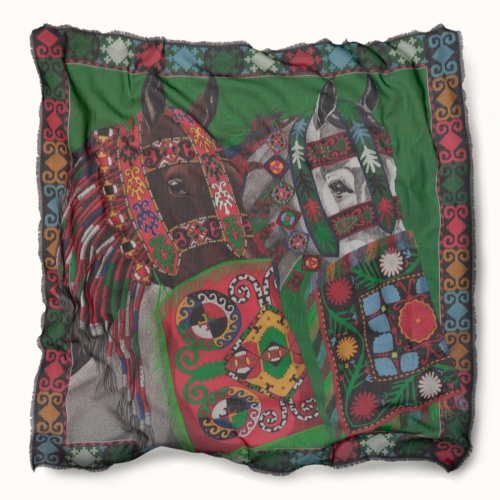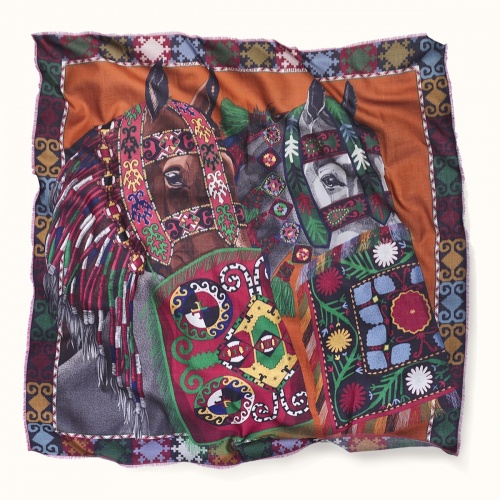Shawl "LOKAI" cashmere135х135 on the orange background
Price
47,000 Р
The scarf pattern is inspired by the embroidery of the Lokai and Kungrat semi-nomadic tribes.
Design and production: Russia.
Size: 135x135 cm....





